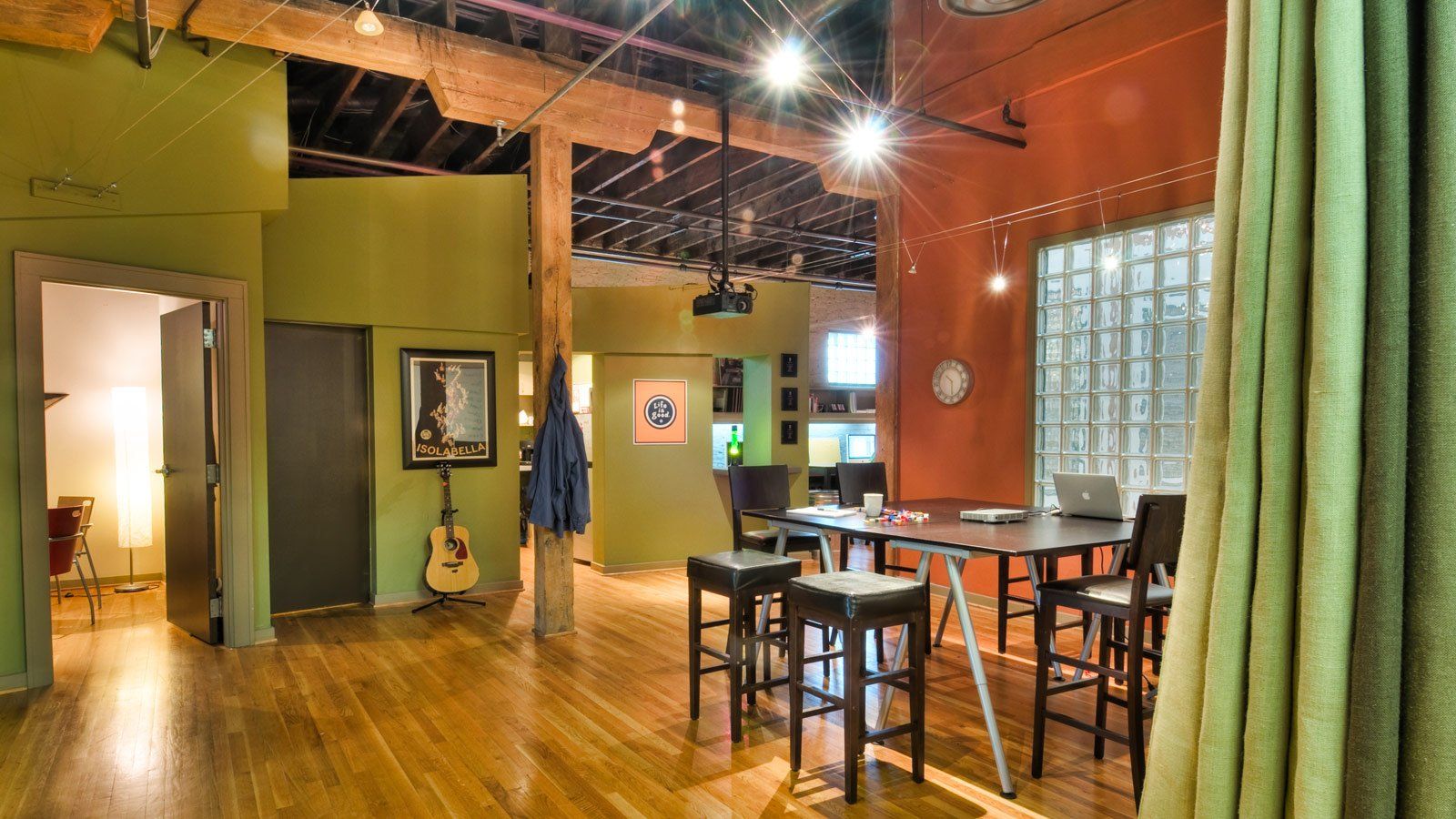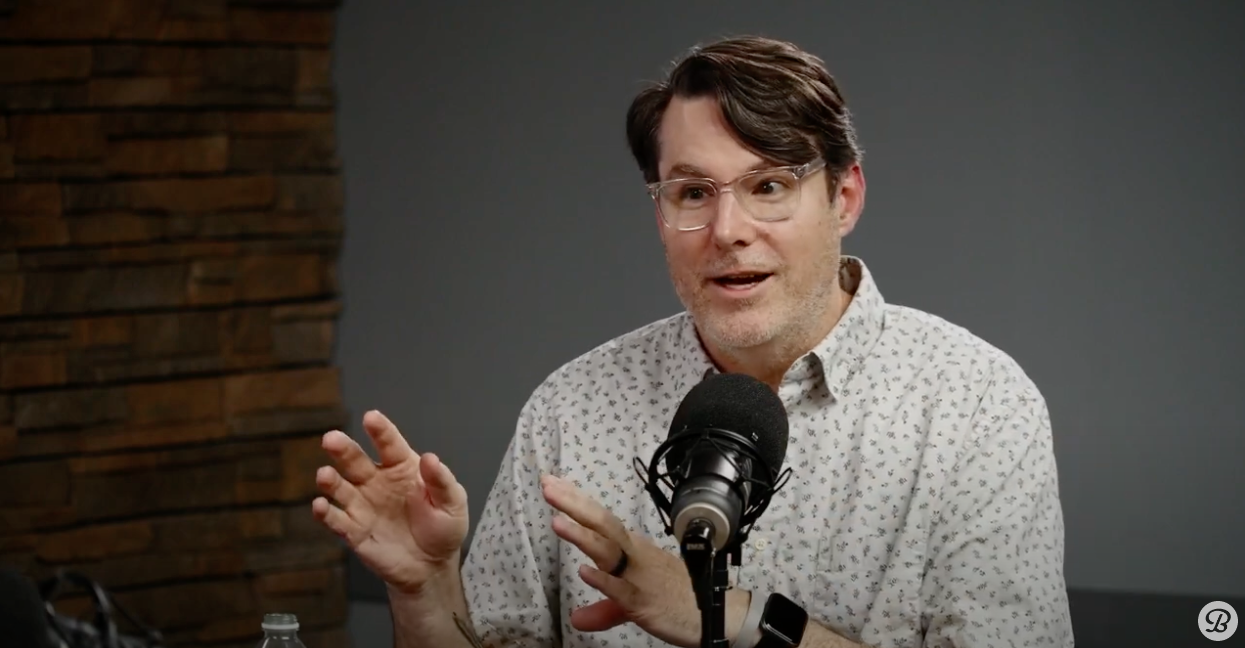By Jami Mullikin
•
January 23, 2024
An Introduction to Kolbe Wisdom™ for Leadership, Team and Personal Development In the ever-evolving landscape of career development and team dynamics, various assessment tools have emerged, each offering unique insights into personal and professional aptitudes. Among them, the Kolbe A Index stands out as our recommended tool for helping individuals discover work they love. As a certified Kolbe Consultant with over four years of experience using the Kolbe Index, I've gained deep insights into its effectiveness and how it complements other popular assessments like the Predictive Index™, Myers-Briggs Type Indicator®, CliftonStrengths, and DiSC. Understanding the Kolbe A Index The Kolbe A Index differs fundamentally from other assessments by focusing on the "conative" part of the mind, which governs how a person takes action or reacts when striving - or when applying effort. Unlike the affective domain of personality tests (encompassing feelings, desires, and attitudes), which is the focus of tools like DISC, Myers-Briggs or the Predictive Index, the Kolbe A Index taps into innate instincts that are stable over time. This makes it an incredibly reliable tool, with a proven reliability of a 90% retake rate, in contrast to the around 44% test-retest reliability of some affective domain tools. Four Primary Zones of the Kolbe A Index Information: How a person gathers and shares information. Organization : The natural method of organizing tasks and projects. Change : The individual's instinctive approach to change and risk. Physical Space : How one interacts with and manages their physical environment. Complementing Other Assessments While the Kolbe A Index focuses on the conative, doing domain, other assessments measure traits within the affective domain. This distinction is crucial, as it means these tools are not redundant but rather complementary. For example: The Predictive Index and Myers-Briggs can shed light on a person’s desires, values, and personality, offering insights into what a person wants or wishes would happen. The Kolbe A Index, on the other hand, reveals how a person will naturally act and react, highlighting innate methods of problem-solving and action-taking. Practical Application of Kolbe with Teams In team settings, combining the insights from both conative and affective assessments can be transformative. The Kolbe A Index's WAREwithal® software predicts how people will naturally work together and the potential roadblocks in collaboration. It focuses on how individuals will act, react, and interact, while tools like the Predictive Index can explain interpersonal dynamics, like why people like or dislike each other. Assessing Tension in a Current Job with Kolbe B A significant advantage of the Kolbe B Index is its ability to identify sources of tension in one's current job. This tension often arises from a misalignment between an individual's natural instincts and the demands or expectations of their role. The Kolbe B Index can pinpoint where this discord occurs across the four primary zones (Information, Organization, Change, Physical Space), helping individuals and their managers understand potential areas of stress or dissatisfaction. For instance, an individual with a strong instinct for detailed information gathering may feel overwhelmed in a role that requires quick, high-level decision-making. Similarly, a person with a natural tendency towards maintaining structured organization might struggle in a dynamic environment that demands constant adaptation. By identifying these areas of tension, the Kolbe B Index enables individuals and their employers to make informed adjustments. This could involve tweaking job responsibilities, providing additional support or training, or even reevaluating the role to better align with an employee's conative strengths. Such insights can lead to increased job satisfaction, reduced stress, and higher productivity. Increasing Hiring Success with Kolbe C The Kolbe C Index plays a crucial role in defining the right strengths for a role and increasing hiring success. Unlike the Kolbe A Index, which assesses an individual's natural instincts, the Kolbe C Index measures the attributes and behaviors a manager believes are required for success in a specific job. This assessment helps in creating a job profile that aligns with the company’s goals and the specific demands of the role. When the results of Kolbe C are compared with a candidate's Kolbe A results, it provides a clear picture of how well the candidate's instinctive methods of operation align with the job requirements - Kolbe calls this the Range of Success. This alignment is critical for ensuring long-term job satisfaction and effectiveness. For example, if a role requires a high degree of innovation and adaptability, but a candidate's Kolbe A results indicate a preference for routine and structure, there may be a misalignment that could lead to challenges down the line. Conversely, a strong alignment between a candidate's natural strengths (as identified by Kolbe A) and the role's requirements (as outlined by Kolbe C) suggests a higher likelihood of success and job satisfaction. By leveraging both Kolbe A and C indices, organizations can make more informed hiring decisions. This approach not only increases the probability of hiring candidates who are naturally inclined to excel in their roles but also promotes a workplace environment where employees' natural strengths are recognized and utilized effectively. Leveraging Kolbe RightFit™ Hiring Incorporating the Kolbe A and C Indices into the hiring process and ongoing job performance assessments can significantly impact workplace dynamics. The Kolbe RightFit™ hiring software provides a comprehensive understanding of both an individual's innate strengths and the specific demands of a job. By aligning these two aspects, organizations can foster a more harmonious, productive, and satisfying work environment, leading to greater success for both employees and the company as a whole. Kolbe is Your Retention Strategy The Kolbe Index, particularly in its A and C variants, serves as a pivotal anchor for both professional and personal development within an organization. By offering deep insights into an individual's instinctive action modes (Kolbe A) and aligning them with the specific requirements of a role (Kolbe C), it creates a powerful framework for growth and fulfillment. This alignment not only enhances job satisfaction and performance but also fosters a culture where personal strengths are recognized and valued. As employees become more engaged and their natural talents are leveraged effectively, the organization as a whole benefits from increased innovation, efficiency, and team harmony. Thus, the Kolbe Index not only guides individual development but also shapes the organizational ethos, making it a vital tool in nurturing a thriving and dynamic workplace. Kolbe Certified Consultants™ We chose the Kolbe A Index™ is our primary retention strategy to assist agencies to hire great talent, enhance career development and optimize team performance. Its unique focus on innate instincts, combined with its high reliability, makes it an invaluable resource for understanding natural instincts in the dynamic agency workplace. When used alongside other assessments, it provides a comprehensive view of an individual's professional and interpersonal aptitudes, paving the way for more effective team collaboration and personal career satisfaction. Working with a Kolbe Consultant offers distinct benefits for both job seekers and employers, streamlining the process of finding the right fit for each role and enhancing workplace dynamics. Kolbe for Job Seekers: Self-Awareness : A Kolbe Consultant helps job seekers understand their instinctive strengths and work styles through the Kolbe A Index. This self-awareness is crucial in identifying roles and careers where they are most likely to excel and be satisfied. Career Alignment : Consultants guide individuals in aligning their natural talents with potential job opportunities, ensuring a more fulfilling and sustainable career path. Personalized Advice : Job seekers receive tailored advice on how to present their strengths in resumes and interviews, helping them stand out in the job market. Kolbe for Employers: Improved Hiring Accuracy : By using the Kolbe C Index, a Kolbe Consultant assists employers in defining the conative requirements of a job, leading to more effective and accurate hiring decisions. Enhanced Team Dynamics : Consultants help in understanding the diverse instinctive strengths of team members, fostering better collaboration, conflict resolution, and productivity. Employee Retention : By aligning employees' natural strengths with their roles, employers can significantly improve job satisfaction and retention, reducing turnover costs. In summary, a Kolbe Consultant acts as a bridge between job seekers' innate strengths and employers' needs, leading to more harmonious, effective, and satisfying workplace environments. If you're interested in learning more about Kolbe, you can visit our Kolbe store to see products and pricing.






